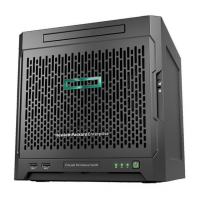
Do you have a question about the HPE ProLiant MicroServer Gen10 Series and is the answer not in the manual?
Familiarize yourself with critical safety information before servicing the server.
Understand symbols and warnings indicating hazards like electric shock and hot surfaces.
Methods and precautions to prevent electrostatic discharge damage to components.
Questions to help identify and record specific server issue symptoms.
Steps to ensure the server is ready for diagnostic procedures.
Guidelines for reducing the server to its minimum hardware configuration for troubleshooting.
Diagnosing and resolving problems related to server power, including no power and supply issues.
Troubleshooting fan, thermal, and unexpected shutdown or reboot problems.
Addressing general memory problems, configuration errors, and uncorrectable errors.
Troubleshooting POST errors related to incorrect DIMM configuration.
Troubleshooting when the server fails to detect new or existing memory.
Troubleshooting when hard drives and SSDs are not displayed or accessible.
Diagnosing and fixing network controller issues, including those after expansion board installation.
Interpreting and resolving error messages that appear during the system boot process.
Troubleshooting common operating system problems like lock-ups and error logs.
Instructions for updating system firmware and ROM versions.
Methods for clearing the CMOS and resetting BIOS settings to factory defaults.
Methods for obtaining live assistance and accessing technical documentation from HPE.
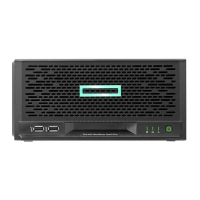

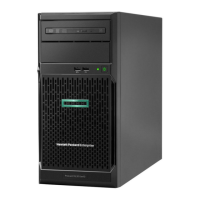
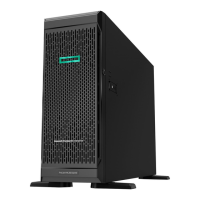

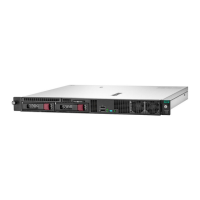
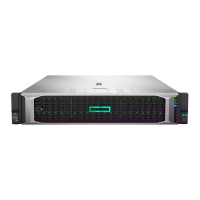
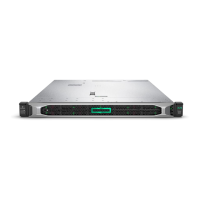
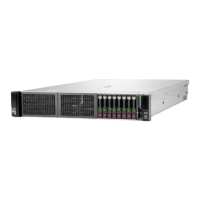
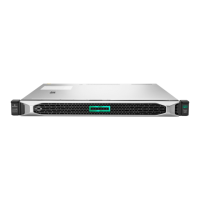
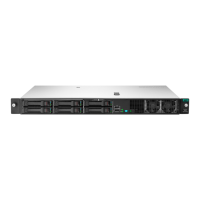
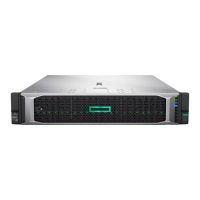
